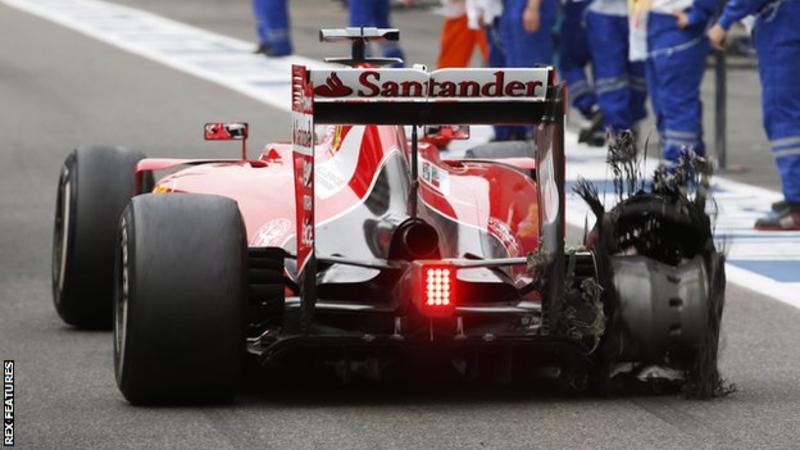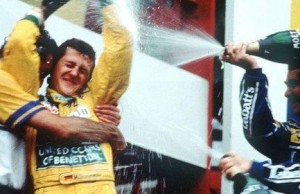That was the purpose of it, toward the starting. Take the speediest cars conceivable onto circuits made of customary streets, and test them and their drivers as far as possible. The news is directly coming from Belgium GP!
At Bahrain or Shanghai, the new Hockenheim or Abu Dhabi, this genealogy is verging on imperceptible. At Spa, it’s unmistakable.
Initially, it was considerably more uncommon than it is currently. A ridiculously quick eight miles that was surpassed just by the Nurburgring Nordschleife – not far away in what are basically the same mountains and backwoods – as a test for man and machine.
So quick and perilous was the old Spa that its deserting on security grounds came in 1970, six years before the Nurburgring was considered excessively hazardous.
The 4.3 miles of race track that course around the Ardennes backwoods in eastern Belgium have an exceptional spot in engine racing history. Put essentially, they shape seemingly the best race track on the planet.
Maybe Suzuka in Japan has supplanted it as a stupendous prix circuit now that aerodynamics have fixed a portion of the corners that make Spa extraordinary. Be that as it may, there is as yet nothing very like this spot.
“It feels like you’re going some place,” Mark Webber once said of it, which is nothing unexpected given what is currently a lasting race track is comprised of what were once typical streets.
But “typical” is totally the wrong word for it.
Not at all like such a large number of present day tracks, worked as they generally are on featureless no man’s land with any height change frequently fake, Spa takes after the forms of the mountains that host it.
In that capacity, it is a connection to the very soul of Formula 1, which rose in 1950 as an advancement of European street racing in the primary portion of the century.
The Belgian Grand Prix put in 13 years at disliked Nivelles and Zolder before an abbreviated and re-formed Spa facilitated the race again in 1983.
The circuit has remained basically unaltered since. The “new” Spa is basically 50% of the first track, including the popular ‘Eau Rouge’ and “Blanchimont” corners, with another area that slices it down the middle yet at the same time holds its character.
Nowadays, Eau Rouge/Raidillon is still a fantastic rollercoaster ride of a test, yet it’s ‘simple level’ in many conditions in a present day F1 car.
Head out there of a morning and on the off chance that it’s sunny, the mountain fogs still hang in the pines. In the event that it’s not, well, it is Spa, so you would have expected some downpour.
Stand on the passage, taken north of 150mph, and be in wonder of seemingly the most reminiscent circuit in F1.

















